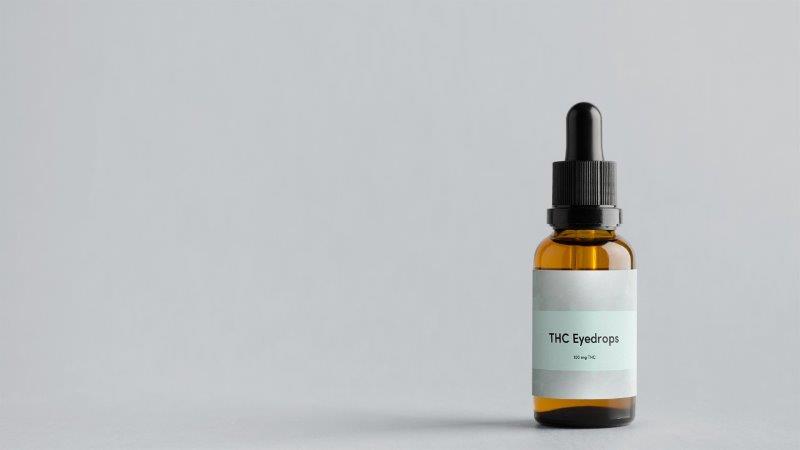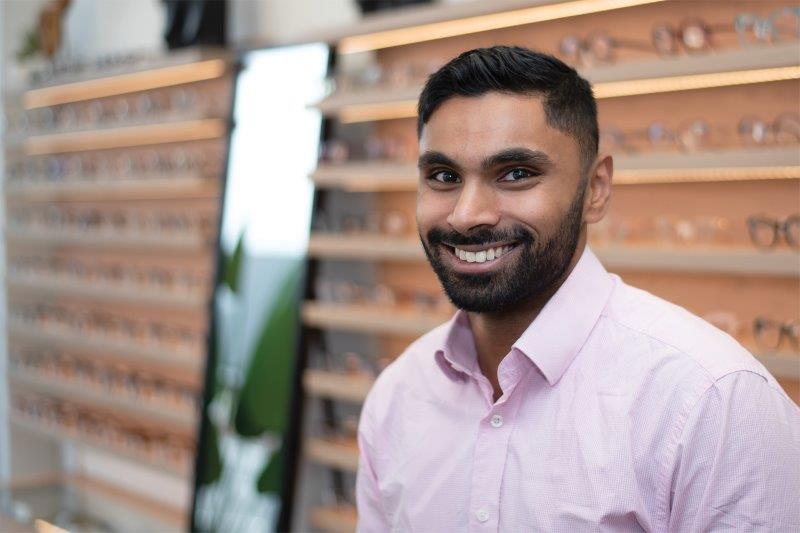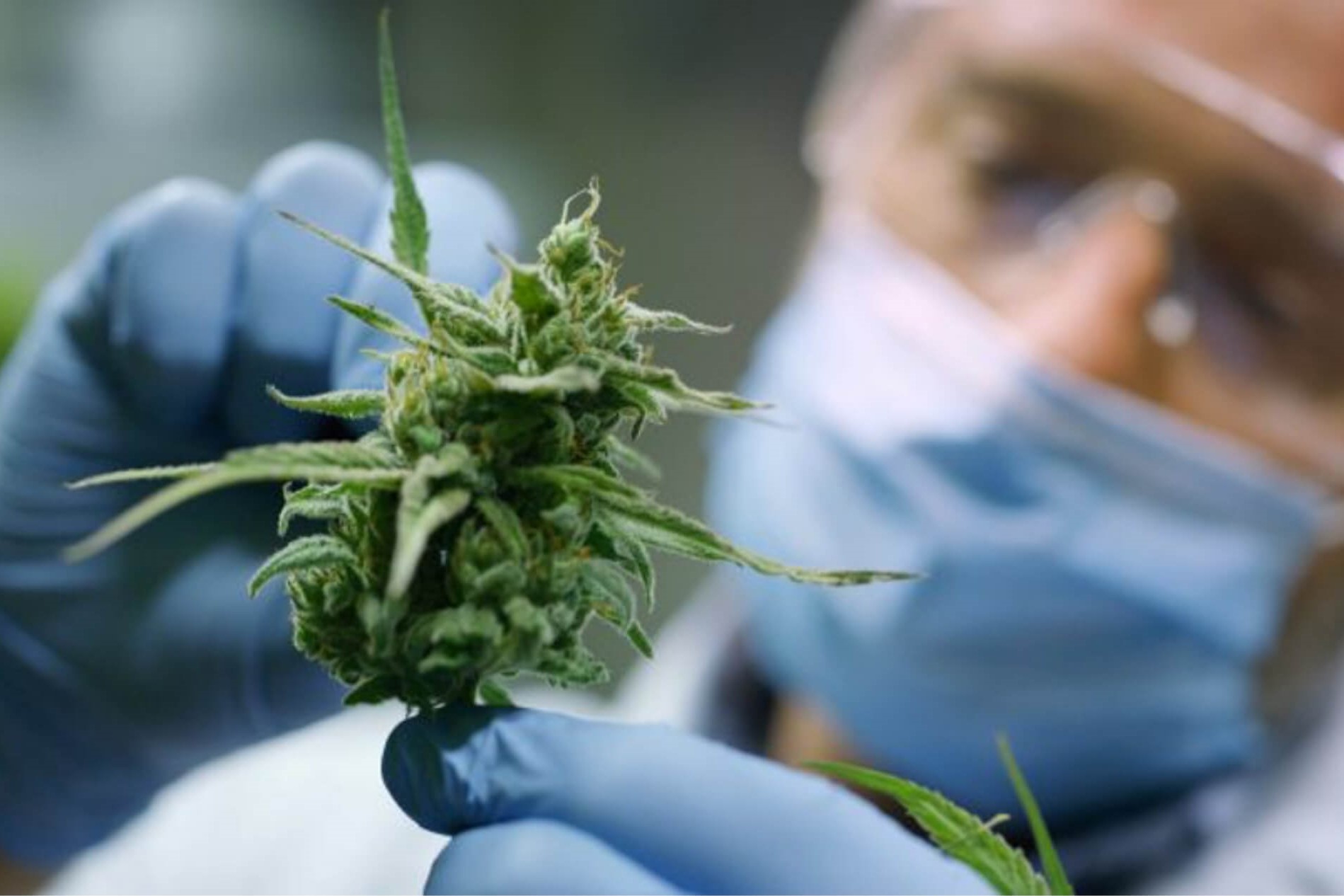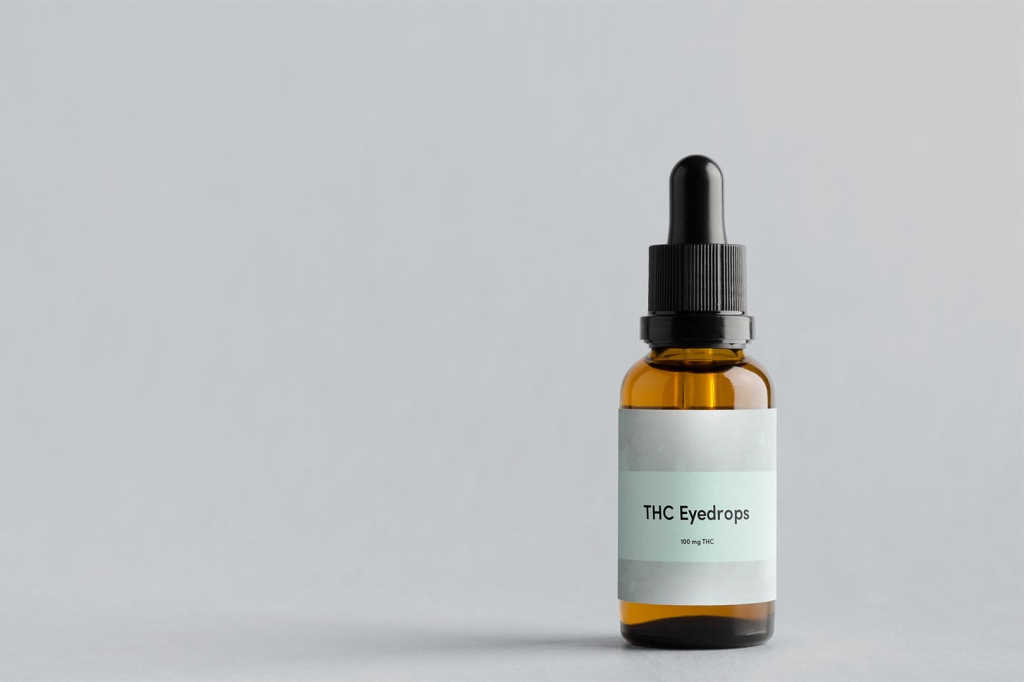Glaucoma: take it or leaf it?
In 1976, Robert Randall took on the United States government and won. Diagnosed with glaucoma and having tried conventional medication, the only treatment that offered him relief was cannabis. Fighting for the right to legally use his medication, the Superior Court of the District of Columbia sided with Randall’s defence. His victory made him the country’s first legal cannabis smoker, and glaucoma the first medical condition for which cannabis was a recognised treatment.
Forty-five years on, however, the cannabis debate persists. In the 2020 New Zealand cannabis referendum, public opinion was split, with a small margin voting against legalisation. While it remains illegal for recreational use, changes in legislation advocate the use of cannabis medicinally.
The late Peter Tosh’s 1978 single Bush Doctor declares “Dem say it cure glaucoma”. So should optometrists in our part of the world now expect an influx of glaucoma patients requesting cannabis prescriptions?
Cannabis law: a potted history
The cannabis plant contains several hundred compounds called cannabinoids, the two key ones being Δ⁹-Tetrahydrocannabinol (Δ⁹-THC), the main psychoactive ingredient responsible for the 'high', and cannabidiol (CBD), the component that provides some medical benefits. These cannabinoids interact with the endocannabinoid system (ECS) found in most mammals and which is responsible for bodily functions including appetite, heart rate, memory and pain1.
Despite ancient cultures having used cannabis to treat numerous ailments, from gout and malaria to alleviating pain during childbirth, the plant and its products still faced near-worldwide prohibition until very recently. The United Nations’ Single Convention on Narcotic Drugs Treaty of 1961 cast it into the same legal realm as heroin and cocaine, which was only revised to remove cannabis from the most dangerous narcotics list in 2020. New Zealand's 1965 Narcotics Act deems cannabis cultivation, possession and distribution criminally illegal.
Proven effective in treating chronic pain and reducing nausea in patients receiving chemotherapy2, the therapeutic benefits of cannabis have prompted New Zealand, Australia and the UK to relax their laws around medicinal use. Although special permission is required to hold the drug, businesses – such as Kiwi firm Cannasouth, which went public in 2019 – are springing up around therapeutic cannabis.
Proven medicinal properties…
In their 1971 paper in the Journal of the American Medical Association, Hepler and Frank3 described reduced intraocular pressures (IOPs) in test subjects one hour after smoking cannabis through a water-cooled pipe. These promising results have since been replicated with oral, intravenous and eye drop administration7. Hepler and Frank’s success with Δ⁹-THC as an oral formulation was also observed with synthetic cannabinoids such as BW146, Dronabinol4. Oral CBD, however, had no effect on eye pressure.
The challenge for manufacturers of glaucoma eye drops is corneal penetration of the active ingredients. Generally, an active drug form cannot pass through the cornea, so a prodrug form is required, and cannabis is no different. A THC prodrug was developed in the early 2000s to penetrate the cornea and decrease IOP, however, which was then replicated with a synthetic form of cannabis, WIN 55212-25,6.

Although cannabis’ mechanism for reducing intraocular pressure is not fully understood, there are many theories. Conventional glaucoma treatments reduce IOP by decreasing production of or by increasing drainage of aqueous humour. Cannabis, it’s hypothesised, does both, effecting vasodilation of the ciliary arteries, which reduces both blood pressure and aqueous humour release from the ciliary body. It also causes constriction of the ciliary muscle, opening the trabecular meshwork and promoting drainage4,8. A second pathway allows aqueous humour drainage, with cannabis increasing the expression of cyclooxygenase-2 (COX-2)8, which is responsible for turning arachidonic acid into prostaglandin. Prostaglandins activate matrix metalloproteinases, which remodel the uveoscleral drainage pathway9.
Individuals with normal-tension glaucoma have high levels of the vasoconstrictor endothelin-1, which reduces blood flow and may result in glaucomatous optic neuropathy. Cannabis inhibits endothelin-1, improving blood flow and nourishment around the optic nerve head4. Additionally, cannabis inhibits the release of the neurotransmitter glutamate. At high levels, glutamate displays excitotoxicity, which causes retinal ganglion cell death. Cannabinoids activate the brain’s CB1 receptors, reducing glutamate release and protecting the retinal ganglion cells4.
…and real-world use
As exciting as cannabis' ocular hypotensive capabilities are, many professionals are wary of cannabis-based glaucoma treatment. World-leading expert and chair of Glaucoma New Zealand, Professor Helen Danesh-Meyer sides with the advice given by the American Glaucoma Society, which cautions against the use of cannabinoids for glaucoma treatment, saying, “Despite the appeal of having a new pharmacological treatment, there are several limitations in the practical use of cannabinoids.”
The first problem is that the effects of cannabis are short-lived. It sustains a decrease in IOP for just two to four hours, compared to one or two daily doses for conventional glaucoma medication. Repeated cannabis use can result in tolerance, diminishing the therapeutic effect, plus the risk of side effects such as tachycardia and changes in mental state. Also most individuals with glaucoma tend to use medications with which cannabis would interfere10.
During a career spanning three decades, Christchurch glaucoma specialist Dr Allan Simpson only recalls a couple of patients ever asking him about using cannabis to treat glaucoma, "usually with a smirk!" he says. The short-lived effects of cannabis mean that he can’t “see it becoming clinically useful in the near future, or at least not without a lot more research to prove its worth,” he says.
Dr Paul Baddley, also based in Christchurch and well-versed in glaucoma treatment, says that if a patient were to ask about cannabis, his advice would be: “Although medicinal cannabis can be prescribed for patients with a range of health conditions, it is only currently available in New Zealand as an oral CBD preparation… (and) studies have not shown any significant therapeutic effect on IOP by oral intake of derivatives such as CBD.
“As things stand, further research into the use of cannabinoids for glaucoma through well-designed studies and clinical trials is required if this drug is to be used for this purpose. If cannabis is to have a beneficial role in the management of glaucoma patients, this will need to be a refined pharmacological substance - that means cannabinoids rather than smoking a product.”
So will optometrists ever need to prescribe cannabis?
Optometrists are increasingly involved in the treatment of eye diseases such as glaucoma. In New Zealand, an authorised prescribing optometrist can prescribe medication approved by Medsafe and within their scope of practice; they must undergo further training to prescribe glaucoma medication. UK optometrists also require extra training to prescribe medication, and in Australia, optometrists can prescribe glaucoma medication if they hold a therapeutic endorsement.
Cannabis is one of the most popular, interesting and controversial plants in human history. Having been used for millennia to treat various ills but officially spurned by modern society, research may now revive its legitimate medical use. Despite the evidence of cannabis’ ability to reduce IOP, the temporary nature of its effects and potentially harmful side effects make it an impractical treatment for now. Will optometrists be asked about using cannabis to treat glaucoma? Maybe. Would we see it prescribed here in a case like Robert Randall’s? Not any time soon.
References
- Battista N, Di Tommaso M, Bari M, Maccarrone M. The endocannabinoid system: an overview. Frontiers in Behavioral Neuroscience 2012;6. doi:10.3389/fnbeh.2012.00009
- National Academies of Sciences, Engineering, and Medicine. The health effects of cannabis and cannabinoids. National Academies Press 2017. doi:10.17226/24625
- Hepler RS, Frank IR. Marihuana smoking and intraocular pressure. JAMA 1971;217(10):1392c1392. doi:10.1001/jama.217.10.1392c
- Passani A, Posarelli C, Sframeli AT, et al. Cannabinoids in glaucoma patients: the never-ending story. Journal of Clinical Medicine. 2020;9(12). doi:10.3390/jcm9123978
- Porcella A, Maxia C, Gessa GL, Pani L. The synthetic cannabinoid WIN55212-2 decreases IOL in human glaucoma resistant to conventional therapies. European Journal of Neuroscience 2001;13(2):409-412. doi:10.1046/j.0953-816x.2000.01401.x
- Adelli GR, Bhagav P, Taskar P, et al. Development of a Δ9-tetrahydrocannabinol amino acid-dicarboxylate prodrug with improved ocular bioavailability. Investigative Opthalmology & Visual Science 2017;58(4):2167. doi:10.1167/iovs.16-20757
- Cooler P, Gregg JM. The effect of delta-9-tetrahydrocannabinol on intraocular pressure in humans: the therapeutic potential of marijuana. Published online 1976:77-87. doi:10.1007/978-1-4613-4286-1_6
- Nucci C, Bari M, Spanò A, et al. Potential roles of (endo)cannabinoids in the treatment of glaucoma: from intraocular pressure control to neuroprotection. Progress in Brain Research online 2008:451-464. doi:10.1016/s0079-6123(08)01131-x
- Schachtschabel U, Lindsey JD, Weinreb RN. The mechanism of action of prostaglandins on uveoscleral outflow. Current Opinion in Opthalmology 2000; doi:11(2):112-115
- Wang MTM, Danesh-Meyer HV. Cannabinoids and the eye. Survey of Ophthalmology 2021;66(2):327-345. doi:10.1016/j.survophthal.2020.07.002

Shivan Sivakumaran is a therapeutically qualified optometrist with an advanced certificate in glaucoma who also specialises in low vision, speciality contact lenses and ocular diseases. He’s based in Christchurch where he works for Foate Optometry.























